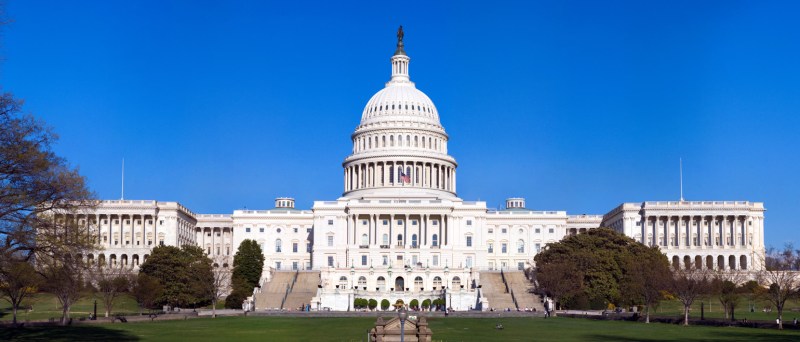Research from Wendt Family Professor of Political Science Morris Fiorina shows that the American public is not more politically polarized than it was in 1976, despite the apparent polarization of party candidates.
In an interview with Stanford News, Fiorina argued that despite politicians’ claims that voters are more polarized than ever, the public is not grouped around two party extremes to a greater extent than it was under the Reagan administration.
Americans are more likely to classify themselves as moderate then liberal or conservative, Fiorina notes.
“The distribution of partisan identification flatly contradicts the polarization narrative: Self-classified Republicans are no larger a proportion of the public than in the Eisenhower era, while self-identified Democrats are a significantly smaller proportion than in the 1960s,” Fiorina said, adding that 40 percent of today’s public does not identify with either party.
Fiorina, a senior fellow at the Hoover Institution, recently published these findings in his book, “Unstable Majorities: Polarization, Party Sorting and Political Stalemate,” combining previous research on elections and public opinion with new data.
Fiorina said the process of “party sorting” — the polarization of issue stances along party lines — is often mistaken for polarization of voters. Despite increased alignment of ideology and partisanship for politicians, he claims, the general public has not taken sides as part of the increased divide across issues.
Fiorina says party sorting contributes to divisions between parties, making it difficult for politicians across parties to collaborate. He also describes a geographic gap in which Democrats increasingly represent urban, coastal states while Republicans represent Southern and Midwestern states, drawing a geographic barrier.
“A common complaint is that the two parties don’t work together to solve our country’s problems,” Fiorina said. “It’s difficult when the most liberal Republican in Congress is more conservative than the most conservative Democrat, as is the case today.”
Regarding specific issues, Fiorina said that the public favors a middle ground opinion; for example, the majority of the public supports abortion “sometimes, for some reasons,” in contrast to strong pro-choice advocacy from a Democratic platform or the pro-life platform typical of a Republican campaign.
Fiorina notes that, as neither party has a clear majority following, with government positions flipping between Democratic or Republican representatives across voting periods, many policies get reversed with each new administration. Still, Fiorina said internal party cohesion appears stronger today than in previous years, even though the power of any one party to control nominations has decreased. Fiorina said this was apparent in the 2016 election, in which Donald Trump slowly rose to the top of the Republican party and Bernie Sanders lost the party seat despite wide public support. Fiorina attributed these results to parties becoming more than just political organizations.
“Parties are much more multifaceted than they used to be — not just party and government officials and a few big interest groups, but also donor networks, campaign consultants and pollsters and issue activists,” Fiorina explained.
After party candidates are elected, Fiorina continued, failure to follow through on ideas for policy changes described during campaigns leads voters to change party ideologies. This can make voters who once identified with the Democratic party vote Republican or vice versa, blurring lines on party issues.
Above all, Fiorina said, most of the public is not politically involved: Because it is easier to draw conclusions about politics by watching the small minority of political elites represented in the media, polarization appears more extreme than it actually is among the public.
“As always, most Americans are working, raising their families and otherwise going about their daily lives, not paying much attention to the political wars being fought by political elites,” Fiorina said.
Contact Gillian Brassil at gbrassil ‘at’ stanford.edu.
